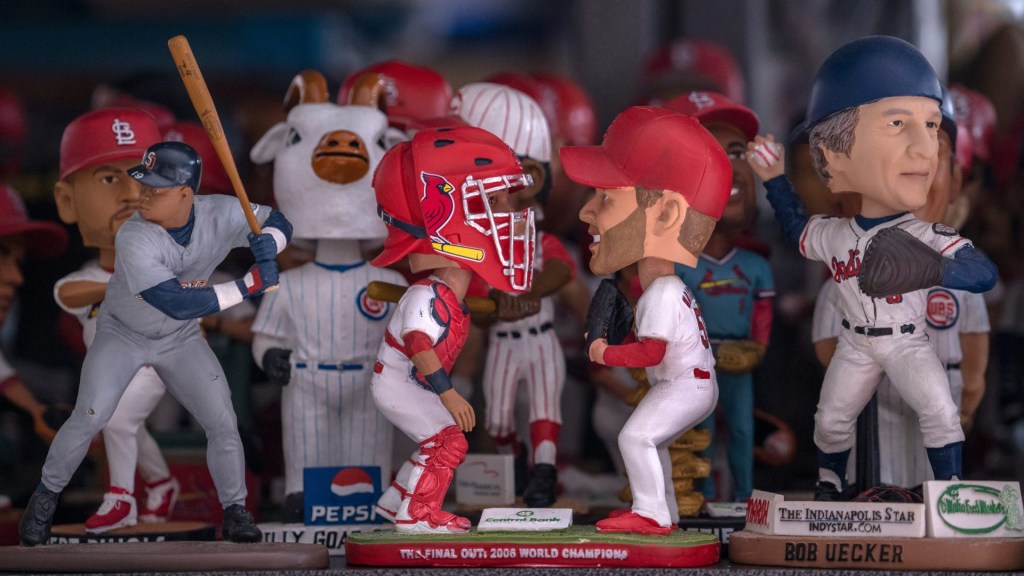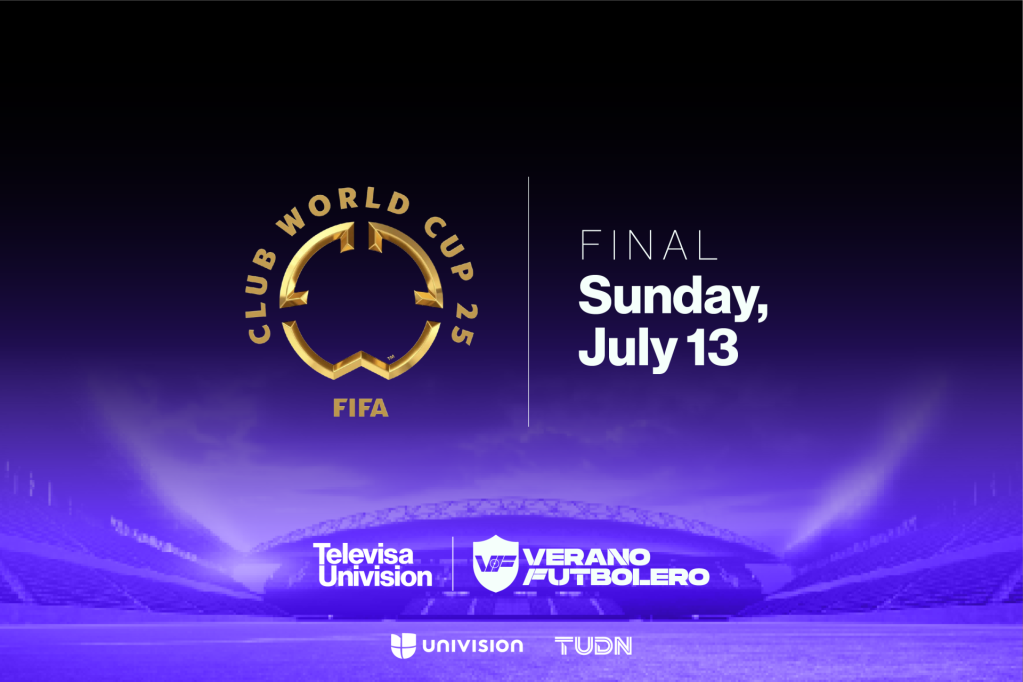NEW YORK — On a steamy Friday afternoon in June, five hours before first pitch, the sidewalks outside Yankee Stadium are buzzing with anticipation. Thousands of fans cram between barriers to form indistinguishable lines while vendors drag coolers of ice-cold water. The division-rival Orioles are in town for a weekend series, but the frenzy is instead for a Superman-themed Aaron Judge bobblehead—only 18,000 up for grabs.
Those patiently waiting have come from around the corner and across state lines to add to their collections, surprise their kids, or turn a profit. The growing lines extend down Jerome Avenue, circle around the home plate gate, and back up toward the 4 train. When a latecomer inadvertently cuts to the front of the line, one fan yells, “C’mon man, what the hell! We’ve been here since 2:30!”
In stadiums around the country, this kind of turnout is the new normal. When the Dodgers held a Shohei Ohtani bobblehead giveaway in April (the first of five Ohtani-themed promotions this year), fans showed up seven hours before first pitch, causing massive traffic jams around Chavez Ravine. Later that month, the Pirates earned a rare sellout on Paul Skenes Bobblehead Day, eventually handing out vouchers to any ticketed fan who missed taking one home. And the Reds drew their highest attendance in ballpark history for Elly De La Cruz Bobblehead Night.

Near the end of the line, Mark Bigel is in good spirits. The New York native, in town from Los Angeles, showed up early with his wife to walk around the stadium, only to stumble into tonight. Having braved a couple of bobblehead days at Dodger Stadium, he knew what to expect. “Most of the time, when they hand something out, you look at it for a minute and throw it away,” he says. “But people keep bobbleheads.”
The wobbly figurines have long been promotional fixtures and hold sentimental value, but new designs, widespread licensing deals, and a growing collectibles market have increased their demand. Baseball marketing teams have leveled up to capitalize on the keepsake craze, offering more creative and cross-promotional bobbleheads. The long lines, increases in attendance, and resell-presale prices (not to mention a new wing dedicated to bobbleheads in the National Baseball Hall of Fame) prove there’s never been a better—or more lucrative—time to have a limited-edition bobblehead.
The bobblehead began as a decorative piece known as a Chinese nodding head in the 18th century, evolved into a ceramic collectible during the 20th century, and by 1960, the first player-specific figurines featured papier-mâché components. Its popularity in sports didn’t ignite until May 9, 1999, when the Giants provided a Willie Mays bobblehead to the first 20,000 fans who entered Candlestick Park. The giveaway became a hit, seizing on a sport and fan culture built around memorabilia, and it wasn’t long before other teams copied its success.
According to Phil Sklar, cofounder and CEO of the National Bobblehead Hall of Fame and Museum in Milwaukee, bobbleheads caught fire in the early 2000s due to the rise of the internet and emergence of eBay. Similar to the Beanie Baby craze, “you could stand in line at a game, get a bobblehead and sell it online, sometimes for hundreds of dollars,” he says. “Since then, bobbleheads have been the number-one promotional item in stadiums across the country for any sport.”
At first, teams gave out bobbleheads highlighting star players in generic athletic poses, but throughout the past decade, they’ve adapted—today’s figurines are more complex, with more detailed likenesses and special collaborations. That’s always top of mind for Billy Harner, assistant GM of the Brooklyn Cyclones, the Mets’ High-A affiliate. The minor league team is known for its “Seinfeld Night” each summer, but his department also huddles every offseason to produce a slate of bobbleheads that attempt to capture memorable Mets moments (Pete Alonso’s 2024 playoff homer and Brandon Nimmo with an “OMG” sign) and player quirks.

“You need to come up with something that’s unique and different,” he says. “Every team is doing these things. It’s popular with fans. It’s popular with collectors. Both of them are going to buy tickets.”
When conceiving new bobblehead ideas, the team will send a production company (usually Success Promotions or BDA Sports) a variety of photos and drawings with descriptive explanations. “Then they sort of Frankenstein it together,” Harner says. The full image—often cleared by a licensing company—turns into a clay mold that’s eventually painted before the team gives its final approval, although “there’s been a bunch of times I look at the clay mold and I’m like, ‘O.K., that looks good.’ And it gets painted and you’re like, ‘What was I thinking?’” he says.
The specs get sent to a factory in China before being shipped overseas. On average, each bobblehead costs around $5 to make, but in recent months, 145% tariffs have rocketed those prices to $12.50, turning shipments of 40,000 figurines into heavy expenditures. “That’s not stuff that we budgeted for when we were ordering these things,” Harner says. “We’re only ordering 2,500 of them, so we can sort of wear it. But if you’re a major league team and you’re ordering 40,000, you’re talking about hundreds of thousands of dollars.”
Still, the increase in attendance at giveaway games is a major reason why teams remain invested in promotional items. Harner estimates the Cyclones attract 30% bigger crowds than normal games when it’s a bobblehead night, while Major League clubs keep breaking attendance records during these giveaways. Jeffrey Loria, whose nearly 1,000 personal bobblehead collection graced Marlins Park while he was the team’s owner, could always tell the difference in the stadium. “There was certainly a marked increase in attendance when a favorite figure was being offered at a game,” he says.
More than two decades later, eBay remains the primary platform for the market, where sellers can treat bobblehead days as a potential cash windfall. After a couple of recent Ohtani bobblehead giveaways, some figurines were sold for anywhere between $100 and $2,500. And the Yankees’ planned George Costanza–themed bobblehead, scheduled for Aug. 21, has already been sold for up to $250, often by season-ticket holders who are guaranteed bobbleheads or are willing to wait in line.
There is an art to earning profit. On a given promotional night, it’s not uncommon to see a group of fans buy up a section of cheap tickets, enter the stadium, collect a bobblehead, hand it to someone with a large bag, and then repeat the process with another ticket stub. The practice, though technically legal, has irked fans like Chris Gordy, a Houston-based radio host, who wishes the giveaway days weren’t such capitalistic exercises that took away from younger fans. “At first, I thought they were families. But then I realized, this is somebody who hired people to come with him to come grab these bobbleheads,” he says. “By the third inning, bobbleheads are already listed for sale on eBay.”

In some ways, the voracious appetite for bobbleheads has turned them into a legitimate baseball subculture. That’s partly why the Hall of Fame opened an entire exhibit dedicated to bobbleheads in May, showcasing a majority of Loria’s collection with historical context and vibrating shelves to demonstrate their namesake. “They have become so good in terms of the likeness, the moments they depict, and the fun effort that clubs are putting into making sure that they’re different than the ones that they did last year,” says Hall of Fame president Josh Rawitch. “I think all of those elements add up to something that people just want to get.”
Outside Yankee Stadium, Bigel, who has recently started his own small collection, understands the value of these 8-inch-tall polyresin dolls—so much that he even posted one of his Ohtani bobbleheads to eBay with a $2,000 price tag (so far, he hasn’t found a buyer). Of course, there’s still a chance to make a profit once he collects his Superman Judge bobblehead. Plus, he has another option when he flies back to Los Angeles the next morning. “We have seats for tomorrow night between the Dodgers and Nationals,” he says, smiling. “It’s Ice Cube Bobblehead Night.”




